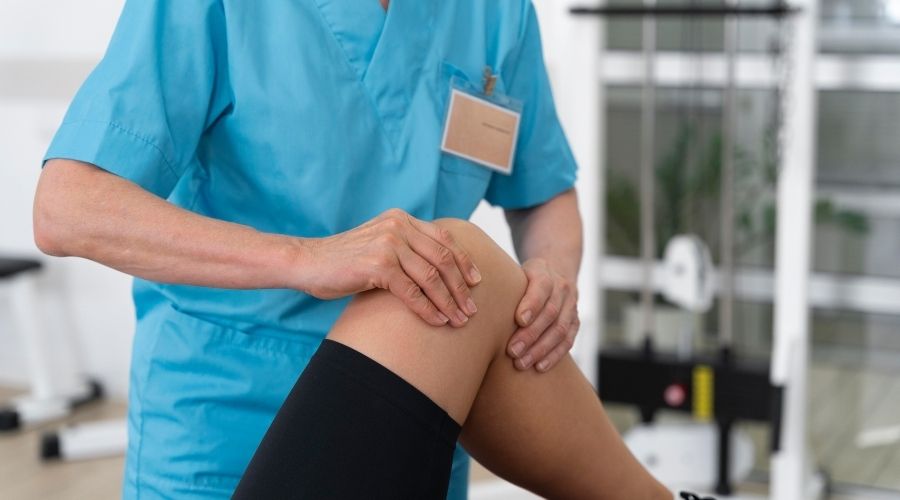
Orthopedic rehabilitation is essential for recovery and the restoration of function after musculoskeletal injuries or surgeries. Recent innovations in this field are revolutionizing how patients regain strength, mobility, and independence. Here are some key advancements:
Wearable devices such as smart braces and activity trackers provide real-time data on a patient's movement, helping therapists tailor rehabilitation programs. These devices can monitor progress, detect irregularities, and ensure exercises are performed correctly, enhancing recovery outcomes.
Telemedicine has made it possible for patients to receive rehabilitation services remotely. Virtual rehab platforms offer guided exercise programs, video consultations, and progress tracking. This accessibility is especially beneficial for those in remote areas or with limited mobility.
Robotic-assisted rehabilitation devices and exoskeletons aid in precise, repetitive movements crucial for recovery. These tools help patients relearn walking, improve muscle strength, and enhance joint mobility. They provide consistent support, reducing the physical strain on both patients and therapists.
VR therapy immerses patients in interactive environments, making rehabilitation exercises more engaging and effective. It can distract from pain, reduce anxiety, and motivate patients to perform movements that might be challenging in a traditional setting.
Advancements in regenerative medicine, such as stem cell therapy and platelet-rich plasma (PRP) injections, are promoting faster and more effective healing of musculoskeletal injuries. These treatments stimulate tissue repair and reduce inflammation, shortening recovery times.
Data analytics and machine learning are being used to create personalized rehabilitation plans based on individual patient data. These customized programs consider a patient’s specific needs, ensuring more efficient and effective recovery processes.
Innovations in orthopedic rehabilitation are significantly improving patient outcomes. From wearable technology to regenerative medicine, these advancements are making rehabilitation more accessible, efficient, and effective, helping patients return to their daily lives with greater ease and confidence.
